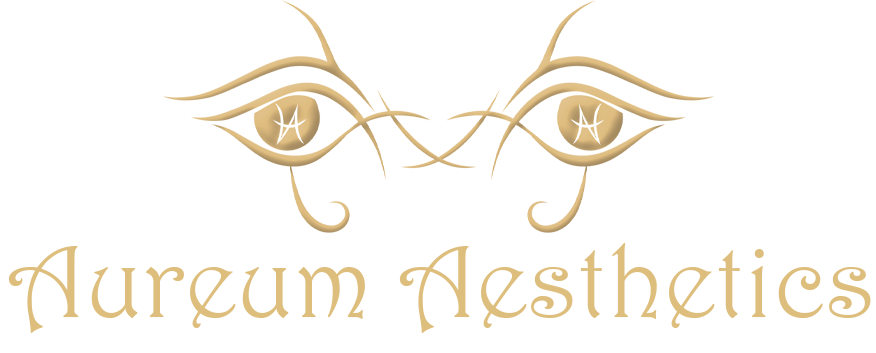Facial sculpting surgeries
Facial contouring or facial sculpting surgeries involve a variety of procedures which can reshape or enhance the contours of the face. Common reason for a woman to seek surgery is to have a smaller more feminine face while for a man is often to have a more chiseled look. Depending on patients’ goals, bone reduction, fat reduction, implants, fat transfer, or combination of the procedures can be performed.
Who is a good candidate?
The best candidates are generally healthy people with realistic expectations of surgery. CT scan of the face are often needed if facial bone modification is considered.
How are the surgeries performed?
Cheek, jaw, and chin contouring can be performed with well-hidden incisions inside the mouth. Fat transfer and fat reduction can be performed through small and well-hidden incisions on the face.
What is the recovery?
Depending on the complexity of the surgery, downtime can range between 1-2 weeks. Moderate swelling and some bruising should be expected for 7-10 days. Soft diet is generally recommended for 2 weeks. Pain and discomfort are normal and can be controlled with pain relief medicine.
Genioplasty is one of the most common facial contouring procedures. It is a general term referring to a variety of procedures to reshape the chin, including both augmentation and reduction. Common reasons for patients to pursue genioplasty are weak chin or too wide or too forward chin. Reduction can only be achieved with skeletal modification (cutting of the bone) while augmentation can be achieved with filler, fat transfer, implants, as well as skeletal modification depending on each patient’s goal. Reduction Genioplasty can reduce the width, the height, and the thickness of the chin. Augmentation Genioplasty with implant or bony advancement is often performed through an intraoral incision. Sliding advancement genioplasty is indicated when significant chin augmentation is desired but patients want to avoid potential long term complications of implants. In the procedure, the chin bone is cut and move forward and/or downward and secure in place with plate and screws. Reshaping the chin can enhance facial balance and in case of sliding advancement genioplasty (where the bone is cut and move forward), it can also reduce the double chin appearance, and potentially reduce sleep apnea symptoms by tightening submental muscles.
Buccal fat removal is a safe and very effective procedure to give definition to the mid face without the need of implants. This can be performed through a small incision inside the mouth under local anesthesia. This procedure can be combined with contouring fat transfer to enhance facial contours.
Mandibular angle reduction (cutting of the jawbone angles) can narrow a wide lower face and soften a masculine face. This is performed through small cut inside the mouth. The bone can be shave down to the level of the soft bone that contains the nerve.
Cheek bone reduction is performed to narrow and give more definition to a wide mid-face. Although shaving of the bone can improve the contour, more often, cheek bone reposition is needed to achieve optimal aesthetic result. This can be done with intraoral incision and maybe a small additional incision right in front of the ear. The cheek bones are cut and push back. The mobile piece of bone is then secure in its new position with plate and screws.
Cheek and jawline augmentation with implants are generally performed through intra-oral incision. Commonly used implants are silicone and Medpor implants. Implants are generally secured with screws into the bone. Complications associated with implants are infection, malposition, delayed foreign body reaction, and capsular contracture which is mostly associated with silicone implants.
Above procedures can be performed alone or in combination to reshape and improve facial proportion.


